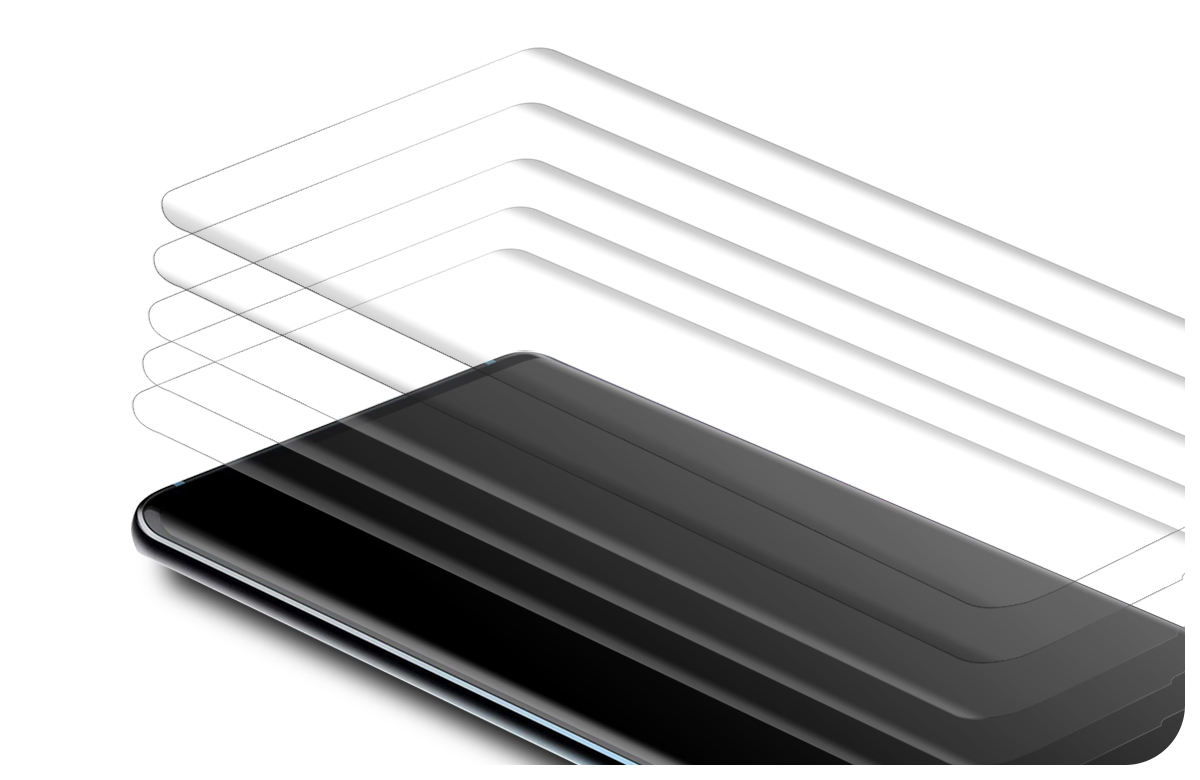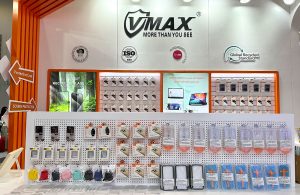Guide: Recently, Samsung officially released the annual flagship Galaxy S10 series, in which S10 and s10+ have adopted Qualcomm’s next-generation ultrasonic screen fingerprint technology, so how about the specific experience?

American media The verge in the field experienced the S10 ultrasound screen fingerprint, said that the entire fingerprint recognition speed is pretty fast, and the user only need to put the finger anywhere below one-third of the screen, you can achieve a quick unlock. Even when the surface of the phone is dirty, it can still be accurately identified.
In addition, during the unlock process, Samsung designed a very beautiful unlock animation for it. Even when the screen is turned off, the user can use the fingerprint sensor, but the device does not immediately go from the black screen to the home screen: The display will gradually open, and then make the unlock process seem a bit magical. Many media believe that using delayed animation to unlock a phone is a good thing, and when this delay is consistent and stable, it creates a good rhythm habit.
Compared with the optical screen fingerprint, ultrasonic screen fingerprint has a strong anti-jamming, even if the finger with water stains, oil stains, stains on its impact is with little affect. And ultrasound can obtain 3D fingerprint, which can support living detection. In addition, during fingerprint recognition, ultrasonic fingerprint recognition does not need to be like the optical screen fingerprint which needs to rely on the light of the screen. Also the outside strong light has no effect on it.
【Video link:https://youtu.be/8VLaQYfWsh0】
However, it is important to note that the thickness of the medium which can compatible with the ultrasonic signal is limited. Qualcomm’s new ultrasound-screen fingerprint technology, for example, can penetrate 800 microns of glass, 525μm metal, or penetrate 1300μm’s OLED screen. At present, the thinnest thickness of the flexible OLED screen can be reduced to 100-200μm, glass cover can be 500μm around, which also makes it possible to achieve screen fingerprint recognition.
However, if you add a layer of film to your phone screen, it means that the ultrasonic signal needs to penetrate the extra hundreds of μm thickness of the patch to recognize the fingerprint. Even if the ultrasonic signal can penetrate to reach the fingerprint, it will also interfere with the quality of the fingerprint image.

In this regard, Samsung officials also said that the S10 series of ultrasonic screen fingerprints can be affixed to a thinner traditional film, but, not compatible with the tempered glass. Because the thickness of the tempered is generally 300-400μm, after applying the screen ultrasonic signal may not penetrate.

In fact, at the earliest MWC conference in 2015, Qualcomm officially launched the mobile industry’s first ultrasonic screen 3D fingerprint technology solution, that is, Qualcomm Snapdragon Sense ID 3D fingerprint technology.

Mobile phones with Qualcomm ultrasound screen fingerprint technology look very similar to the in-screen fingerprint recognition technology that comes in devices of One plus 6T and Huawei Mate 20. But in fact, there are essential differences in technology.

At present, there are three main types of screen fingerprint technology. They are Capacitive fingerprint recognition, Optical fingerprint recognition and Ultrasonic fingerprint recognition technology. The first two technology development is more mature, also used in many manufacturers of end products. Among them, optical fingerprint recognition technology occupies a large proportion in domestic terminals, the most widely used.
Ultrasonic fingerprint recognition technology and optical fingerprint recognition are the use of fingerprint recognition to unlock the screen, the operation process looks similar. So, what is the difference between the two technologies? How to distinguish which mobile phone is applied to ultrasonic fingerprint recognition technology, while which mobile phone is applied to the conventional scheme of optical fingerprint recognition technology? Let’s look forward to the next article!
To be continued.





